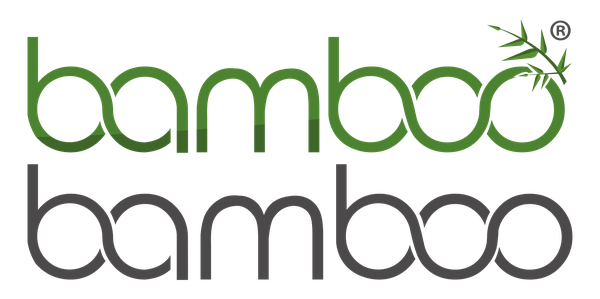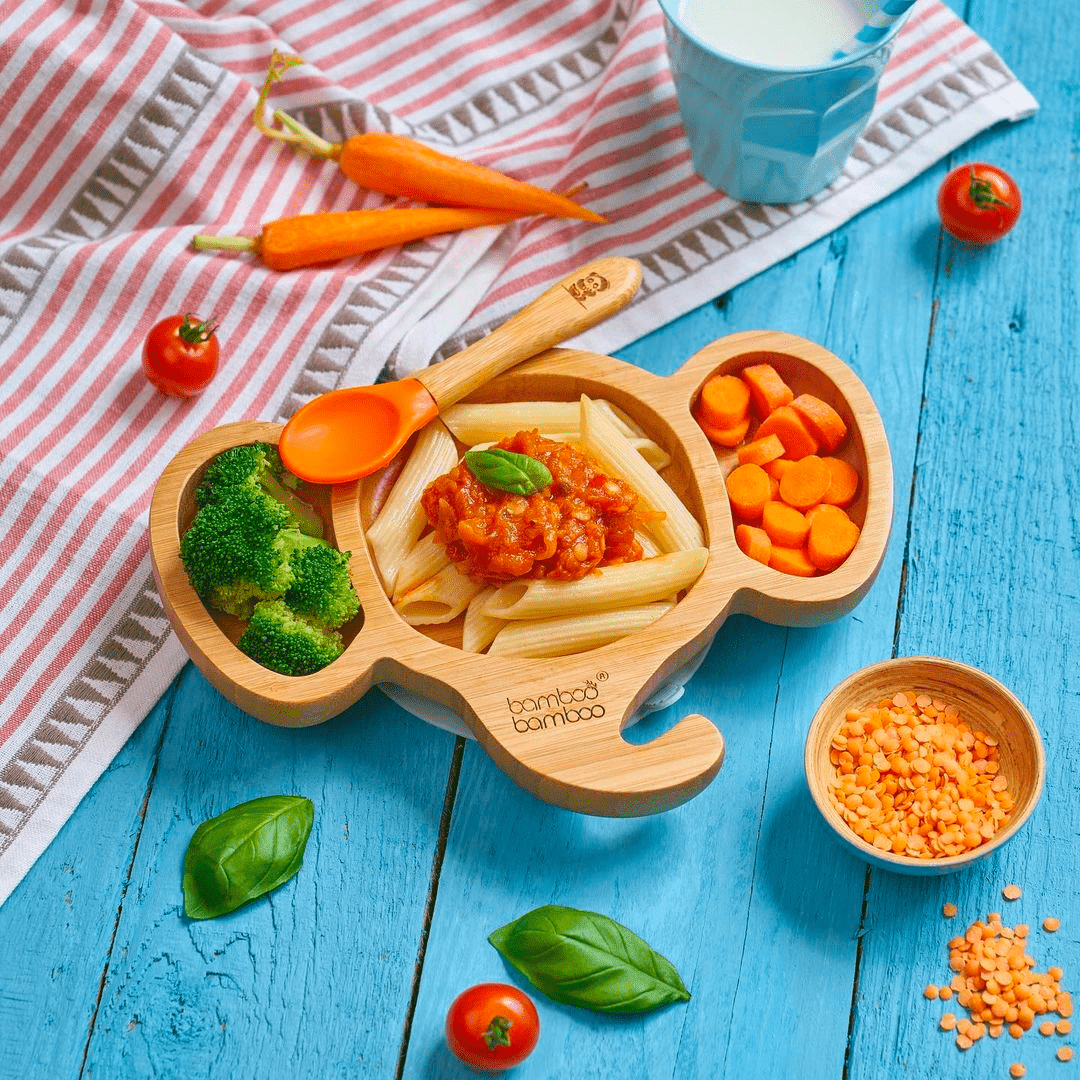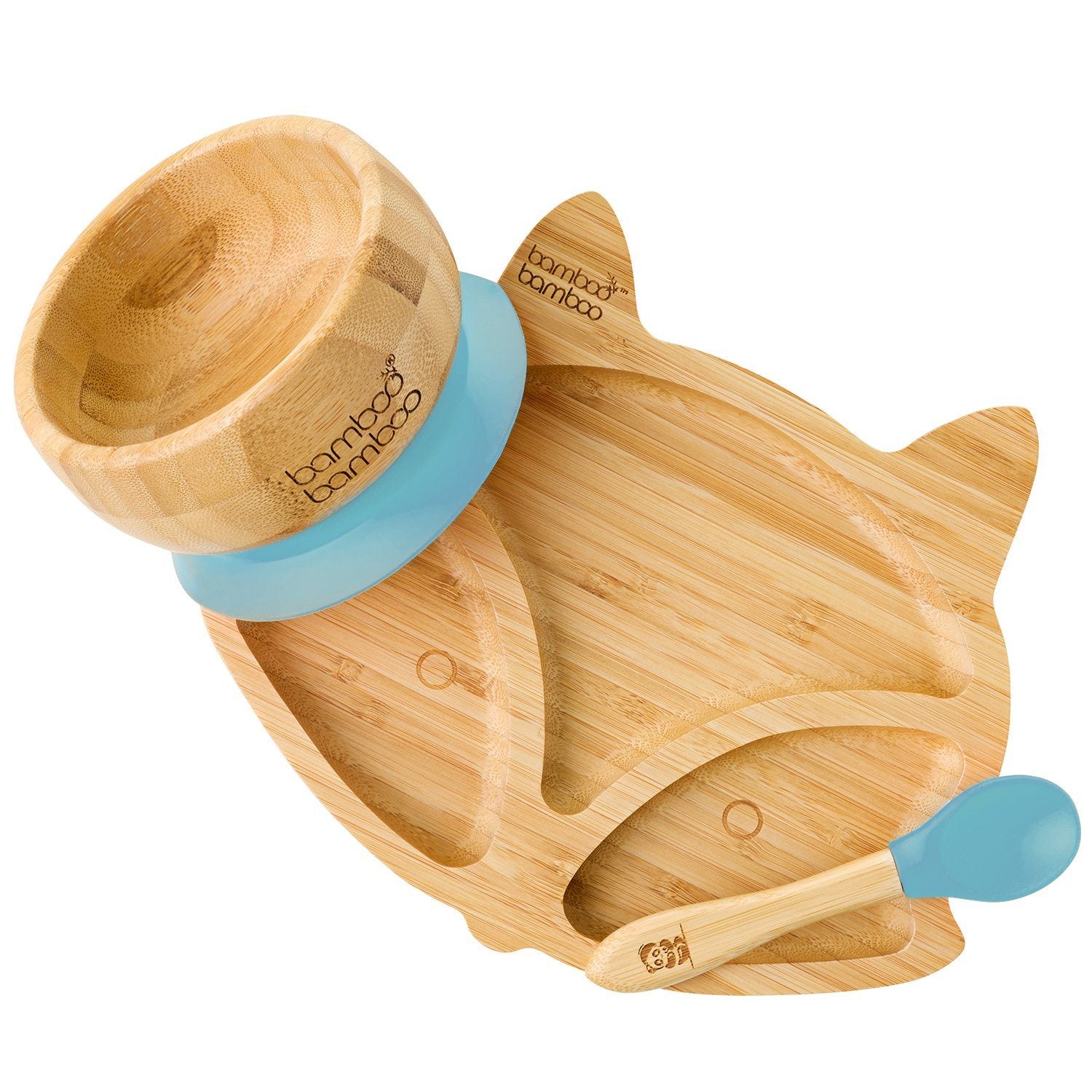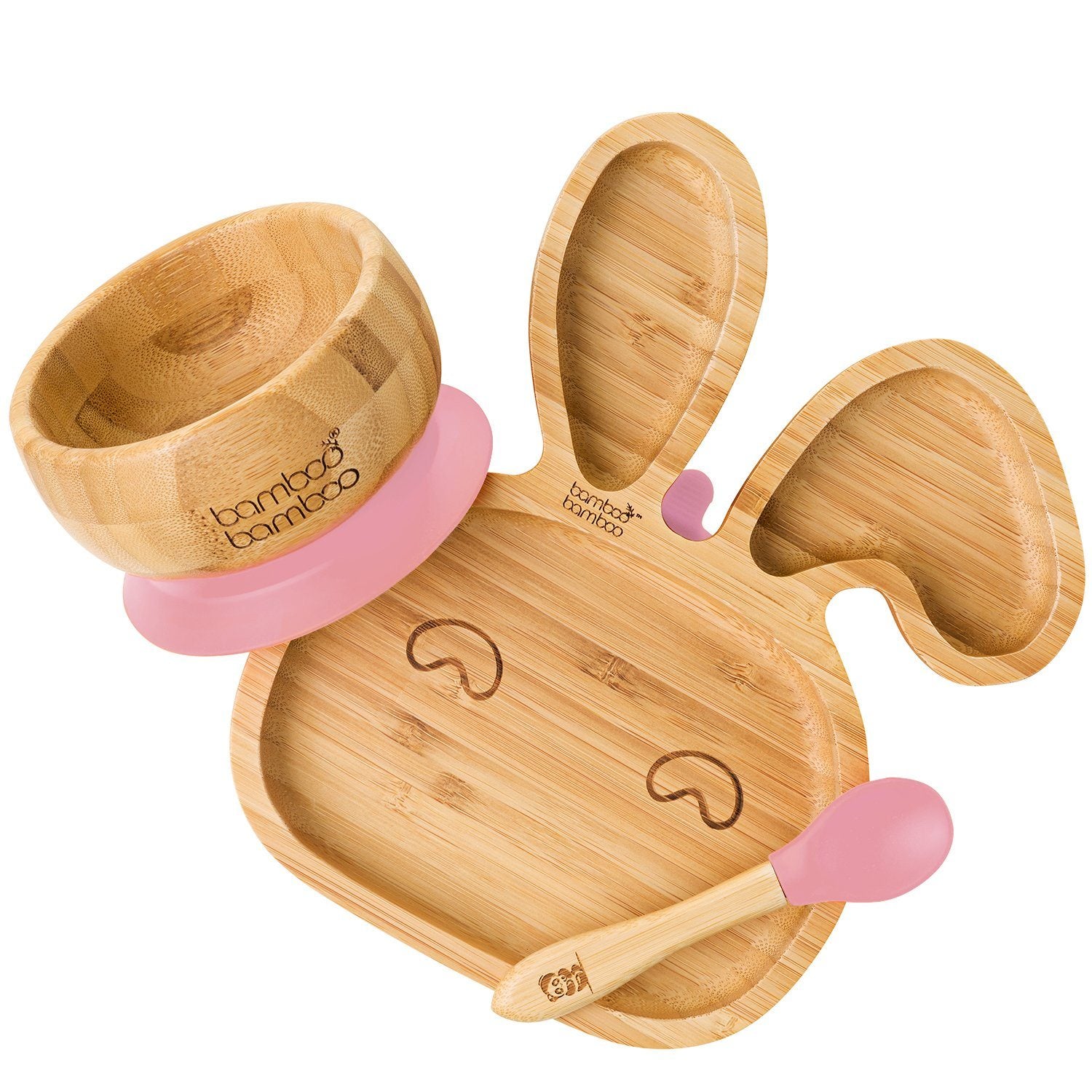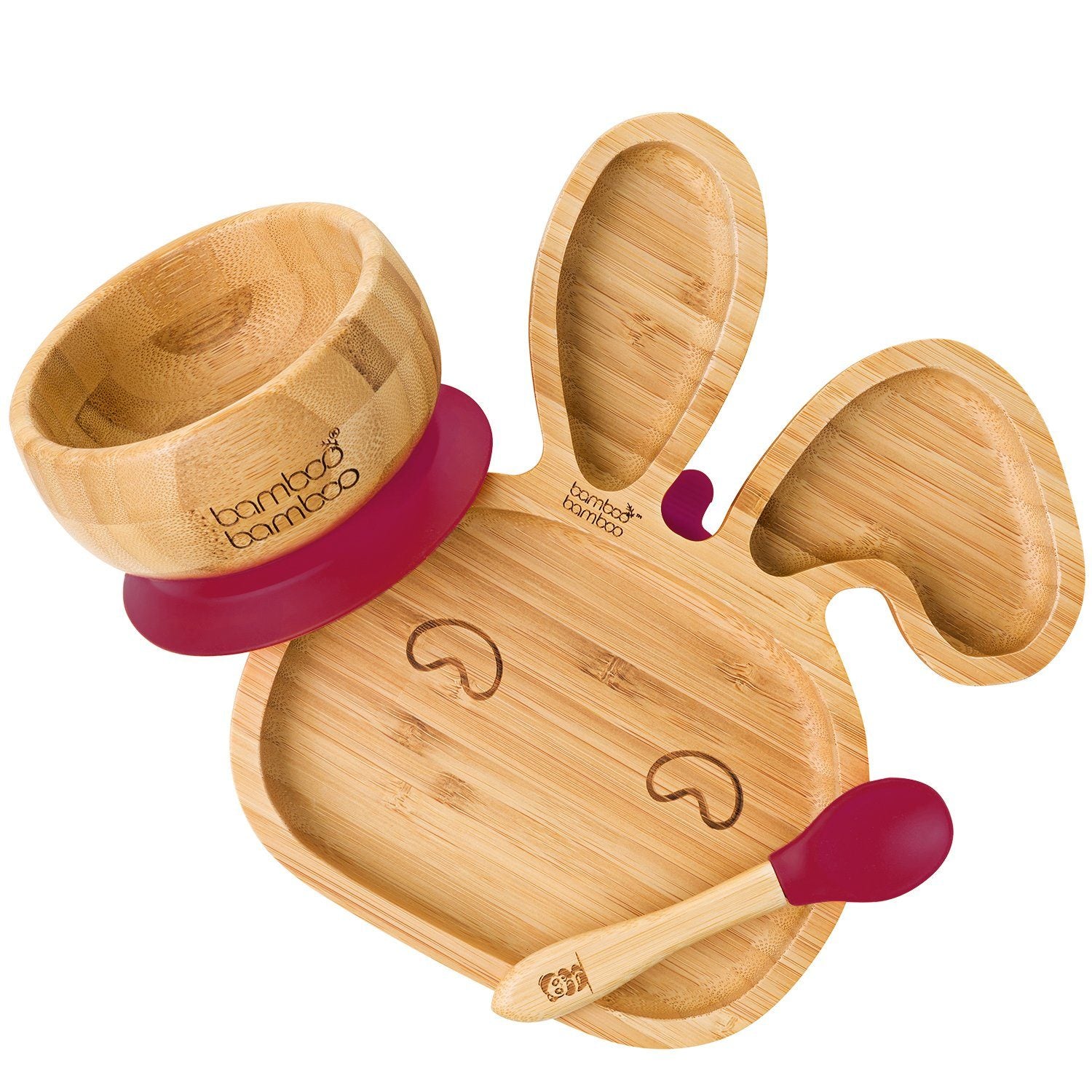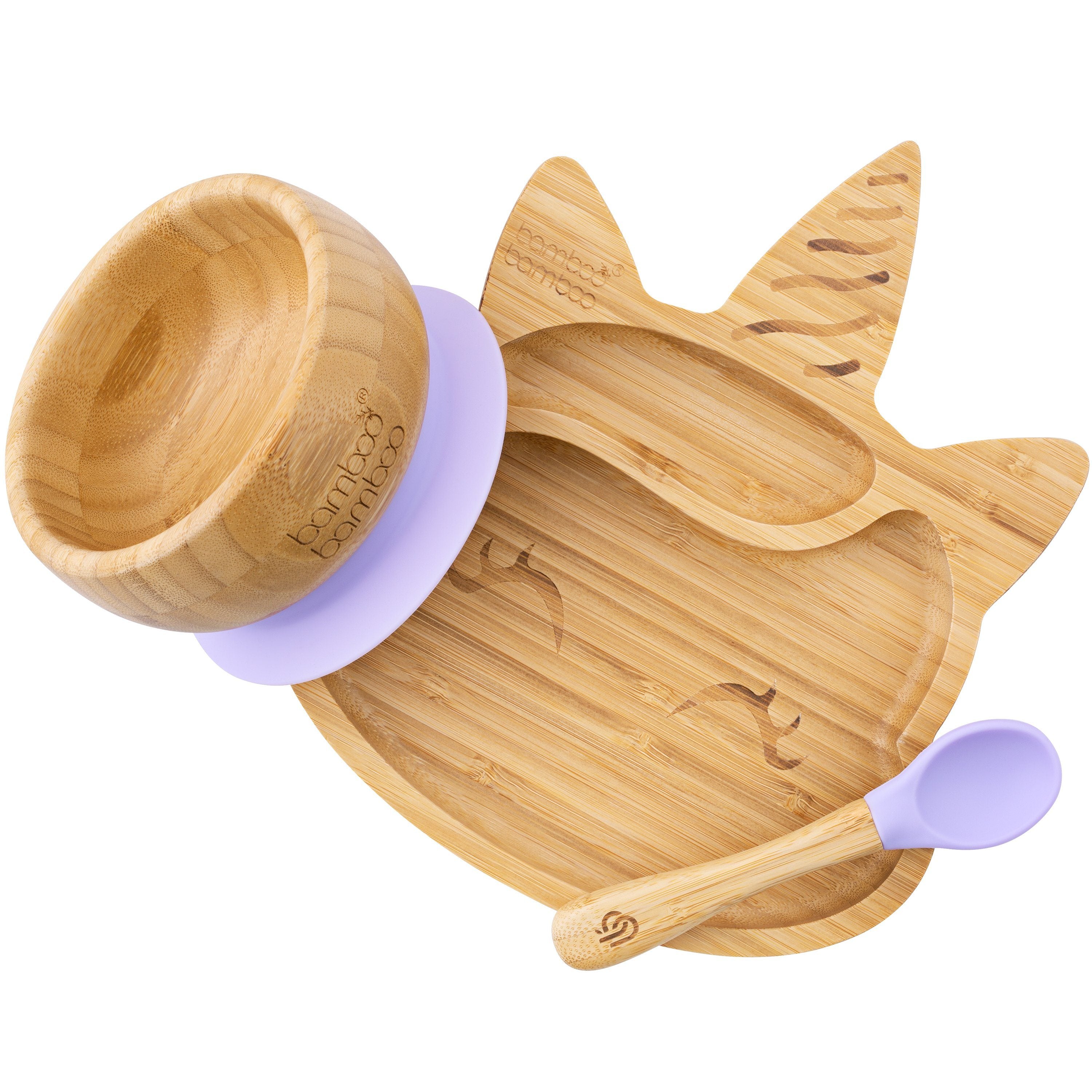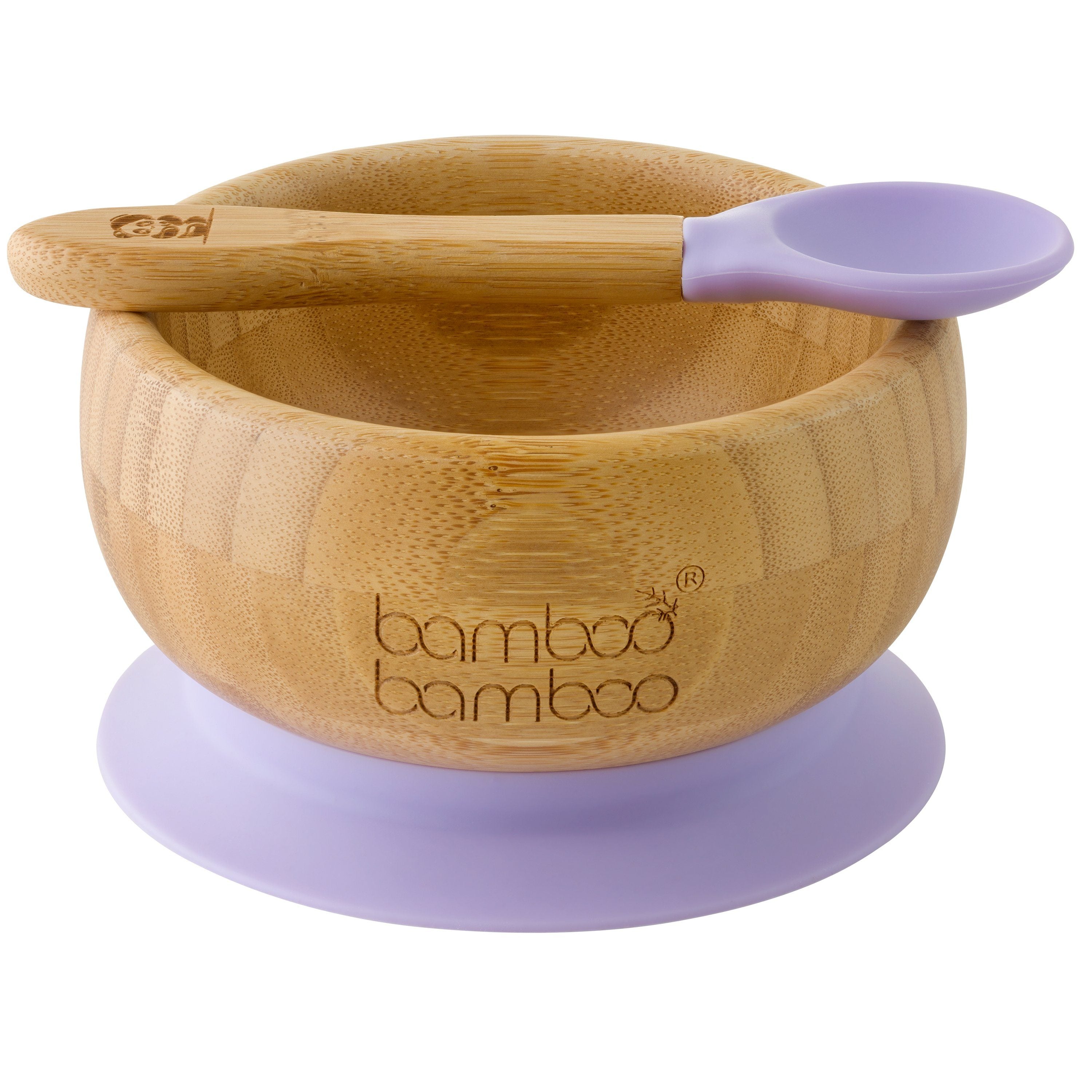Ah, weaning. One minute you’re sterilising bottles like a pro, the next you’re wondering how to convince a small human that mashed carrot isn’t, in fact, a personal attack. If you’re about to embark on this gloriously messy milestone, fear not! This guide will walk you through everything you need to know, without the fluff (unless we’re talking about stray crumbs on the highchair).
When to Start Weaning?
The NHS recommends starting weaning at around 6 months when your baby can: ✔ Sit up and hold their head steady
✔ Coordinate their eyes, hands, and mouth (aka: not just face-plant the food)
✔ Swallow food instead of automatically pushing it out with their tongue
Some babies show interest earlier, but their little digestive systems aren’t quite ready before six months. So, while your baby staring longingly at your sandwich is adorable, hold off on the ham and cheese toastie just yet.

Purees or Baby-Led Weaning?
Ah, the great weaning debate! Do you go full-on baby-led weaning (BLW) and let them feed themselves, or do you start with smooth purees? The truth? There’s no right answer—just what works for you and your baby.
Baby-Led Weaning (BLW) Pros:
✔ Encourages self-feeding and independence
✔ Helps with hand-eye coordination and motor skills
✔ Baby eats what you eat (within reason, no spicy curries just yet)
BLW Cons:
✖ Can get very messy
✖ Gagging can be alarming (but is totally normal)
Purees Pros:
✔ Easier to measure how much baby is actually eating
✔ Can be smoother if baby struggles with texture
Purees Cons:
✖ You’ll need to transition to chunkier foods later on
✖ Requires you to spoon-feed, so more hands-on
Many parents do a mix, soft finger foods alongside spoon-fed purees. You’re not breaking any rules if you combine both!

Best First Foods for Weaning
Start with single-ingredient foods and introduce one new food every few days to watch for allergies. Here are some solid first options: 🥑 Mashed avocado
🍌 Banana (pre-mashed or in chunks for BLW)
🥕 Cooked carrot sticks or puree
🥦 Soft-cooked broccoli florets
🥄 Baby porridge or full-fat Greek yoghurt
Remember: No salt, sugar, honey (before age 1), or whole nuts at this stage.
Weaning Must-Haves
Let’s talk gear. Some items will make your life way easier:
✅ Suction Bowls & Plates – Because toddlers view throwing bowls as a sport. A good suction plate means fewer airborne carrots. (Our range is designed to stay put, even against the most determined little hands!)
✅ Soft-Tip Spoons – Gentle on gums, easy for tiny hands.
✅ Catch-All Bibs – The bigger the pocket, the better.
✅ Open Cup or Straw Cup – No-spill doesn’t exist, but these help!
✅ Highchair with a Tray – Wipeable. Always wipeable.
Common Weaning Questions Answered
🍼 Do I need to drop milk feeds when I start weaning?
Nope! Milk (breast or formula) is still the main source of nutrition until 12 months. Food is just a fun, messy bonus for now.
🥜 When do I introduce allergens?
Between 6-12 months, introduce common allergens (peanuts, eggs, dairy, etc.) one at a time, in small amounts, and watch for reactions.
🍇 What foods should I avoid?
🚫 Honey (before 1 year, due to botulism risk)
🚫 Whole nuts (choking hazard)
🚫 Salt & sugar (babies’ kidneys aren’t ready for it)
🚫 Processed foods (stick to fresh, whole foods)
Final Thoughts
Weaning is messy, unpredictable, and absolutely brilliant. Some days your baby will love avocado, the next they’ll act like you’ve personally offended them by offering it. Just keep going, embrace the chaos, and remember: suction plates exist for a reason (seriously, check ours out if you want to avoid redecorating your kitchen with mashed banana).
You’ve got this!
